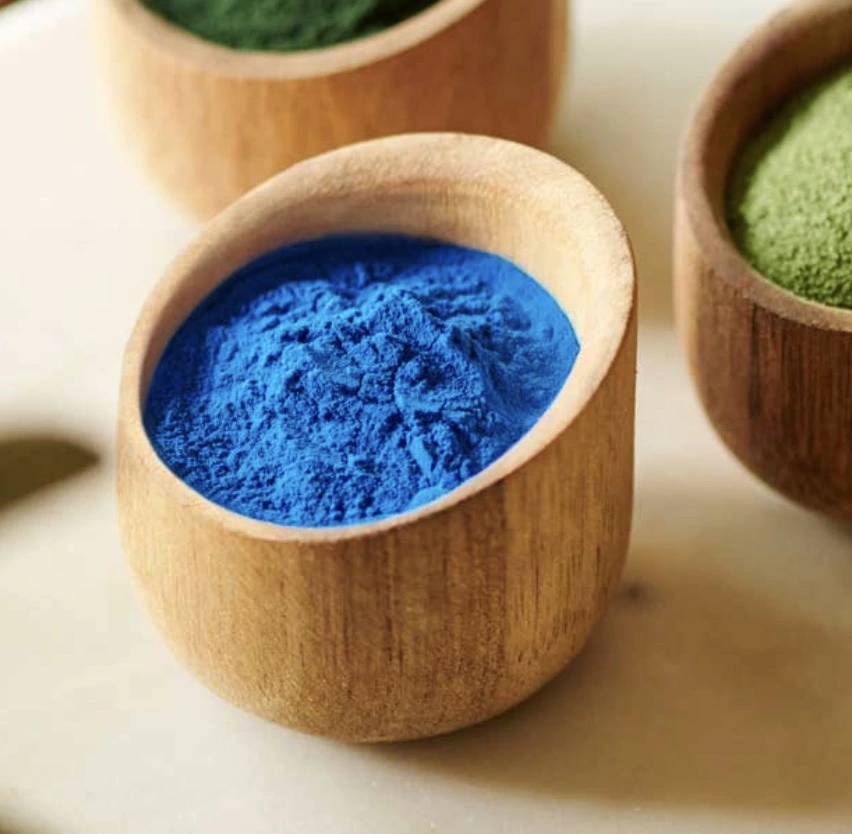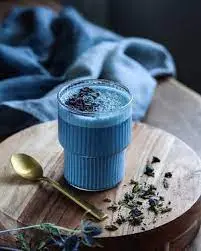Is E163 Purple Sweet Potato Red Pigment Truly Chemical-Free?
In today's health-conscious world, consumers are increasingly scrutinizing food labels and seeking natural alternatives to artificial additives. One such natural food coloring that has gained popularity is purple sweet potato red pigment E163, derived from purple sweet potatoes. But is this vibrant pigment truly chemical-free? Let's delve into the world of E163 and explore its origins, benefits, and safety profile.

What is E163 and How Is It Made?
E163, also known as anthocyanin, is a natural food coloring extracted from various plant sources, including purple sweet potatoes. This pigment is responsible for the rich purple, red, and blue hues found in many fruits and vegetables.
The Extraction Process
The production of E163 from purple sweet potatoes involves a meticulous extraction process:
- Harvesting: Ripe purple sweet potatoes are carefully selected and harvested.
- Cleaning and Preparation: The potatoes are washed and sliced to increase surface area for extraction.
- Extraction: The prepared potatoes undergo a water-based extraction process, often aided by enzymes to maximize pigment yield.
- Filtration: The extracted liquid is filtered to remove solids and impurities.
- Concentration: The filtered extract is concentrated through evaporation or membrane filtration.
- Stabilization: The concentrated pigment may be stabilized with natural additives to enhance shelf life and color stability.
- Drying: Some manufacturers offer E163 in powder form, achieved through spray-drying or freeze-drying techniques.
Chemical Composition
Purple sweet potato red pigment E163 derived from purple sweet potatoes primarily consists of anthocyanins, specifically cyanidin and peonidin glycosides. These complex organic compounds are naturally occurring in plants and are responsible for the vibrant colors we associate with many fruits and vegetables.

Health Benefits of Purple Sweet Potato Red Pigment
Beyond its role as a natural food coloring, E163 from purple sweet potatoes offers several potential health benefits:
Antioxidant Powerhouse
Anthocyanins are potent antioxidants that help neutralize harmful free radicals in the body. This antioxidant activity may contribute to overall health and wellness by reducing oxidative stress.
Anti-Inflammatory Properties
Research suggests that anthocyanins possess anti-inflammatory properties, which could potentially aid in managing chronic inflammation-related conditions.
Cardiovascular Health
Some studies indicate that regular consumption of anthocyanin-rich foods may support heart health by improving blood flow and reducing the risk of cardiovascular diseases.
Cognitive Function
Emerging research points to the potential neuroprotective effects of anthocyanins, suggesting they may play a role in maintaining cognitive function and reducing the risk of age-related cognitive decline.

Is E163 a Safe Natural Alternative to Artificial Dyes?
As consumers become more wary of synthetic food additives, the safety profile of natural alternatives like purple sweet potato red pigment E163 becomes increasingly important.
Regulatory Approval
E163 has been approved for use as a food coloring by major regulatory bodies worldwide, including the European Food Safety Authority (EFSA) and the U.S. Food and Drug Administration (FDA). This approval is based on extensive safety evaluations and toxicological studies.
Allergenic Potential
While allergic reactions to E163 are rare, individuals with known sensitivities to purple sweet potatoes or other anthocyanin-rich foods should exercise caution. As with any food ingredient, it's always advisable to consult with a healthcare professional if you have concerns about potential allergies.
Natural vs. "Chemical-Free"
It's important to note that while E163 from purple sweet potatoes is indeed natural, the term "chemical-free" can be misleading. All matter, including natural substances, is composed of chemicals. In the case of E163, these chemicals are naturally occurring plant compounds.
Minimal Processing
Compared to synthetic food dyes, E163 undergoes minimal processing. The extraction methods used are generally considered gentle and aim to preserve the natural integrity of the anthocyanin pigments.
Stability and Applications
One challenge with natural food colorings like E163 is their stability under various processing and storage conditions. Manufacturers have made significant strides in improving the stability of anthocyanin-based colorants, but they may still be more sensitive to factors like pH, temperature, and light compared to some artificial alternatives.
Despite these challenges, purple sweet potato red pigment E163 from purple sweet potatoes has found widespread use in various food and beverage applications, including:
- Dairy products
- Confectionery
- Beverages
- Baked goods
- Snack foods
- Fruit preparations
Its versatility and consumer appeal make it an attractive option for food manufacturers looking to clean up their labels and meet the growing demand for natural ingredients.
Dosage and Consumption
While E163 is generally recognized as safe, it's worth noting that regulatory bodies have established Acceptable Daily Intake (ADI) levels for anthocyanins. These guidelines ensure that consumption remains within safe limits. For most people, the levels of E163 used in food products fall well within these safety margins.
Environmental Considerations
From a sustainability perspective, E163 from purple sweet potatoes offers several advantages over synthetic dyes. The production process generally has a lower environmental impact, and the use of agricultural by-products or imperfect produce for pigment extraction can contribute to reducing food waste.

Conclusion
E163 purple sweet potato red pigment emerges as a compelling natural alternative to artificial food colorings. While not entirely "chemical-free" in the strictest sense, it offers a minimally processed, plant-based option that aligns with consumer preferences for clean label products. Its potential health benefits, coupled with its vibrant color and versatility in food applications, make it an attractive choice for both manufacturers and health-conscious consumers.
As research continues to unveil the potential benefits of anthocyanins, purple sweet potato red pigment E163 from purple sweet potatoes stands poised to play an increasingly important role in the food industry's shift towards natural ingredients. However, as with any food additive, moderation and awareness of individual sensitivities remain key.
For those interested in exploring the world of natural plant extracts and their applications in food and dietary supplements, Yangge Biotech Co., Ltd. offers a wealth of expertise and high-quality products. To learn more about our innovative solutions and commitment to natural ingredients, please contact us at info@yanggebiotech.com.
References
1. Khoo, H. E., Azlan, A., Tang, S. T., & Lim, S. M. (2017). Anthocyanidins and anthocyanins: colored pigments as food, pharmaceutical ingredients, and the potential health benefits. Food & Nutrition Research, 61(1), 1361779.
2. Lila, M. A. (2004). Anthocyanins and Human Health: An In Vitro Investigative Approach. Journal of Biomedicine and Biotechnology, 2004(5), 306-313.
3. Rodriguez-Amaya, D. B. (2016). Natural food pigments and colorants. Current Opinion in Food Science, 7, 20-26.
4. Sigurdson, G. T., Tang, P., & Giusti, M. M. (2017). Natural Colorants: Food Colorants from Natural Sources. Annual Review of Food Science and Technology, 8, 261-280.
5. Wahyuningsih, S., Wulandari, L., Wartono, M. W., Munawaroh, H., & Ramelan, A. H. (2017). The Effect of pH and Color Stability of Anthocyanin on Food Colorant. IOP Conference Series: Materials Science and Engineering, 193, 012047.

Based on your location and order quantity, you will have the opportunity to receive a limited time free shipping promotion!

Who we are


